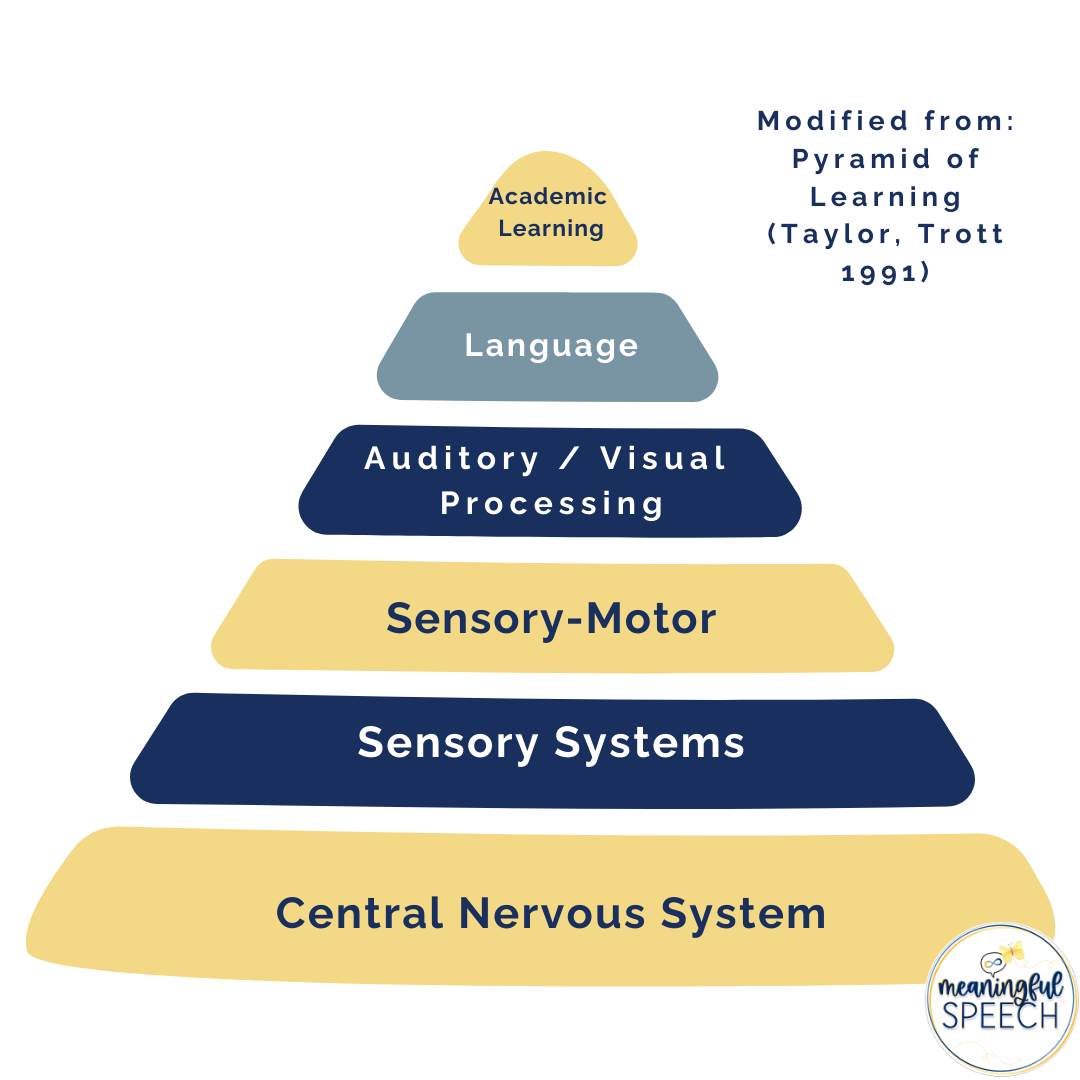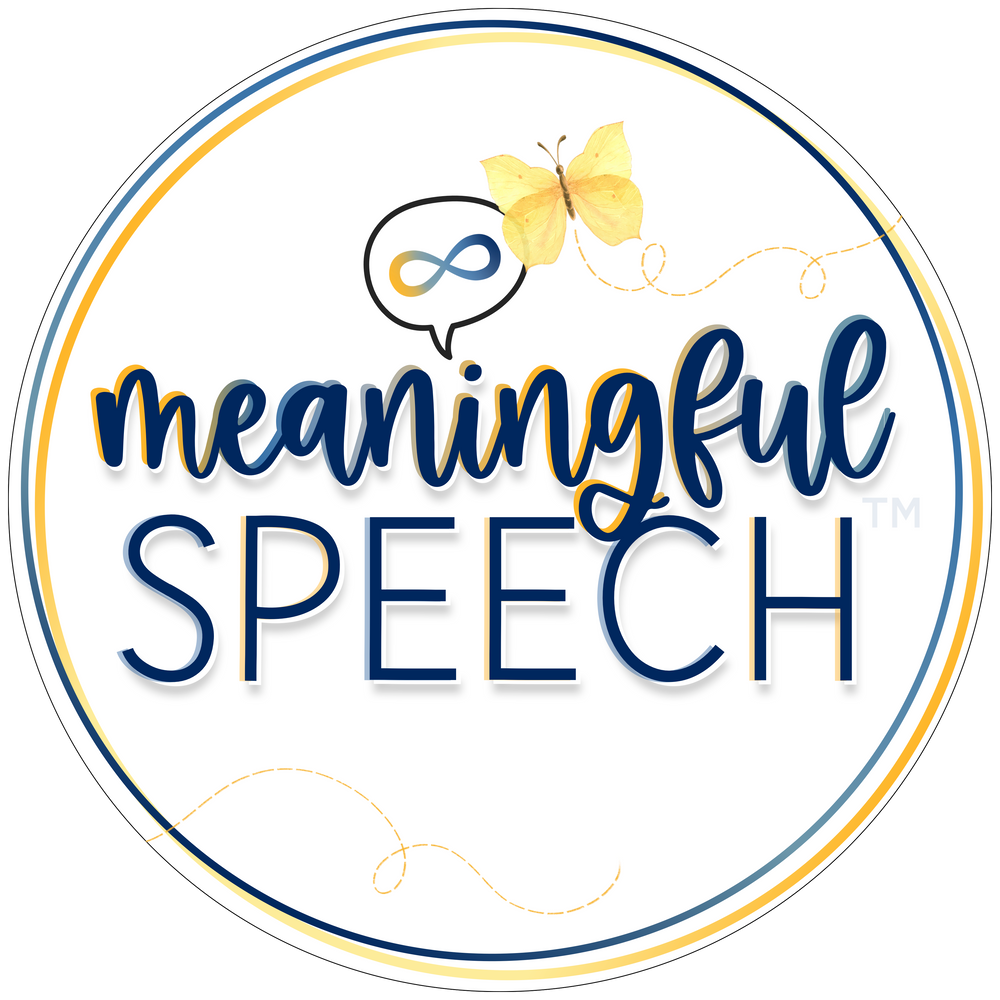Practical Tips for Supporting Gestalt Language Processors
Apr 24, 2025
If you suspect or have identified a child as a gestalt language processor, you might be wondering how best to support their language development. Gestalt language processing is a natural way for many children to develop language, and understanding how to support this developmental style is key. Below are practical tips for parents and professionals to create a supportive and affirming environment for gestalt language processors.
Understanding Gestalt Language Processing

Gestalt language processors acquire language in chunks or "gestalts". They start out (Stage 1) repeating language verbatim that they have heard elsewhere (communication partners, media, etc.). Their chunks/"gestalts" may be single words, phrases and/or complete sentences. Their language use remains specific to situational contexts for longer periods of time, with a focus on intonation and social interaction structure of language.
Strategies to Support Gestalt Language Development
1. Acknowledge ALL Communication
Gestalts are meaningful chunks of language that gestalt language processors use to communicate, even if their meaning isn’t immediately clear. Attempting to eliminate or extinguish these scripts can undermine their natural language development and the trust they place in you as a communication partner.
Key Takeaway: Always acknowledge a child’s scripts as valid communication. Whether or not you understand the meaning, respond by acknowleding—smile, nod, or repeat the gestalt back to them.
Example:
- Child: “Elmo’s fur is furry, alright!”
- Adult: Smiles and nods “Yeah, Elmo’s fur is furry, alright!”
This affirmation helps build rapport and ensures the child feels heard and supported.
2. Be a Communication Detective
Deciphering the meaning behind a child's scripts involves observation and collaboration. Consider the context in which phrases are used, consult with caregivers/those around the child most, and look for patterns and more information to understand the underlying message.
Example:
- Child: “Hot soup!”
- Adult: After observing doing the detective work and observing patterns, realizes the child uses this script when they’re hungry so adult models… “I’m hungry!”
By modeling a possible intended meaning of the gestalt after doing the detective work, you increase the chances that your models are meaningful and picked up by the child.
3. Prioritize Connection Over Compliance
A child needs to feel safe and connected to us to pick up on our language modeling. If there isn’t trust and connection, partnership and attunement then we need to focus on this first. The Trott-Taylor Pyramid of Learning goes into more detail about this. The Pyramid of Learning was developed in 1991 by occupational therapist Kathleen Taylor and special educator Maryann Trott. It’s often referred to as the Taylor-Trott Pyramid of Learning. The visual is extremely helpful in showing how the nervous and sensory systems are foundational for a child’s learning and development.

When we aren’t regulated we can’t learn or access language. We need to consider these foundational systems and how we can support them proactively before we can expect a child to engage in our sessions and before we focus on modeling language.
4. Reduce Direct Questioning
Asking questions is a common way to engage children, but it can be frustrating for gestalt language processors in the early stages of language development. Most cannot reliably answer questions until they begin self-generating language (Stages 3-4+). Instead of asking questions, narrate, comment, or simply pause to give them space to process.
Instead of:
- “What’s that running by?”
Try:
- “Look! It’s a cat!”
This approach provides a mitigable potential gestalt model for the child to potentially pick up and use in the future.
5. Don't take scripts literally
Gestalts often aren’t literal. Instead, they reflect an emotional or memorable experience tied to when the child heard the phrase. To understand the meaning, consider the child’s context, body language, and exposure to media.
Questions to Explore the Script’s Meaning:
- What media do they frequently watch or listen to?
- Is there a specific time or situation when they use this script?
- Does the intonation match a familiar scene or phrase?
When in doubt, ask caregivers who know the child’s language history well.
6. Embrace Child-Led Interactions
The best way to model language for a gestalt language processor is during child-led interactions and natural opportunities.
Example:
Before a session, a parent shares that their child loves movement activities and sensory play. You set up an obstacle course, a sensory swing, and a bin filled with beans. When the child chooses an activity, you follow their lead and model language naturally.
The child jumps into the swing.
- Adult: “Time to swing!”
This natural modeling offers meaningful language without pressure or expectation.
7. Find support with a local SLP/SLT
Parents should seek out a speech-language pathologist (SLP) who is well-versed in gestalt language processing and Natural Language Acquisition. They will be able to identify if your child is a gestalt language processor, help you identify where they may be in the stages and provide you with strategies to support your child through the stages of gestalt language development and get to original, flexible self-generated language. You can find a local speech-language pathologist through our NLA-Trained Clinician registry.
Additional Resources
- There are many free podcasts, webinars and articles to get you started. A comprehensive list of resources can also be found on our website. We now have a FREE masterclass on echolalia and child-led therapy and a Beginner's Guide to AAC & Gestalt Language Processing that are perfect for anyone starting their learning journey or on the fence about purchasing our courses!
- Meaningful Speech Course or AAC + Gestalt Language Processing Course: Deepen your understanding of gestalt language processing and learn strategies to support gestalt language development with one of our self-paced courses or webinars.
- SLP Registry: Find speech-language pathologists experienced in supporting gestalt language processors and child-led therapy.
- Free Webinars and Articles: Access free information to further your own knowledge or get free resources you can share with others.
